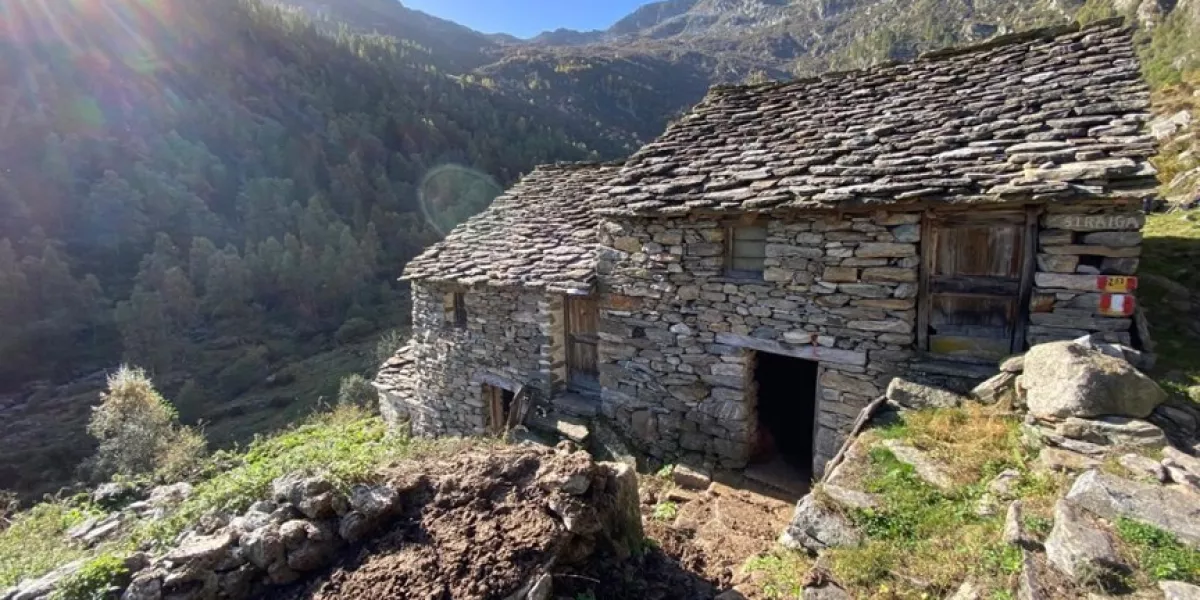STAMBECCO
Territorial Sustainability of the High Mountains through Biodiversity Ecosystems Culture Community and Hospitality

Scheda del progetto






The project intends to propose a new model of mountain regeneration by developing a pilot example in mountain areas in the municipality of Rassa (VC). Thanks to the new digital tools available today, as well as the use of renewable energy sources, it intends to bring a stable human presence back to the mountains, which perpetuates traditional production and land and landscape management activities, while at the same time allowing for greater use and diffusion. Furthermore, the project intends to promote biodiversity by going beyond the strategy of mere conservation and proposing a scientifically validated land modification action aimed at the regeneration of historic habitats that are disappearing.
Contact:
Federica Barone
federica.barone@neorisorse.net
3485412416
Bring people (especially the younger ones) closer to the mountain area, promote sustainable and quality tourism, guarantee the conservation of a natural and cultural heritage that risks becoming extinct, create employment by reactivating the multi-functionality of the high mountains (production, tourism , teaching, nature) with the help of technology and digital and, finally, enhancing the current demand for "neorurality", thanks to the evolution of the working model (smart working).
It exploits new technologies to implement an integrated model of use and management of the high-altitude mountain territory that combines traditional production activities with new possibilities for tourist use in the form of widespread hospitality. The infinite possibilities provided by home automation, network connection and remote control, digital aids for sheep farming (e.g. virtual fences), energy production systems from renewable sources as well as innovative dissemination systems are fundamental.
The project aims to reactivate a local economic chain strongly connected to the cultural, landscape and historical heritage, guaranteeing greater biodiversity and protection against territorial degradation, cost reduction, optimization of resources and achievement of high safety standards. The initiative will allow to increase the level of employment in abandoned areas, reactivating the multi-functionality of the high mountains (production, tourism, education, nature) thanks to the collaboration with local authorities and stakeholders for its implementation.
